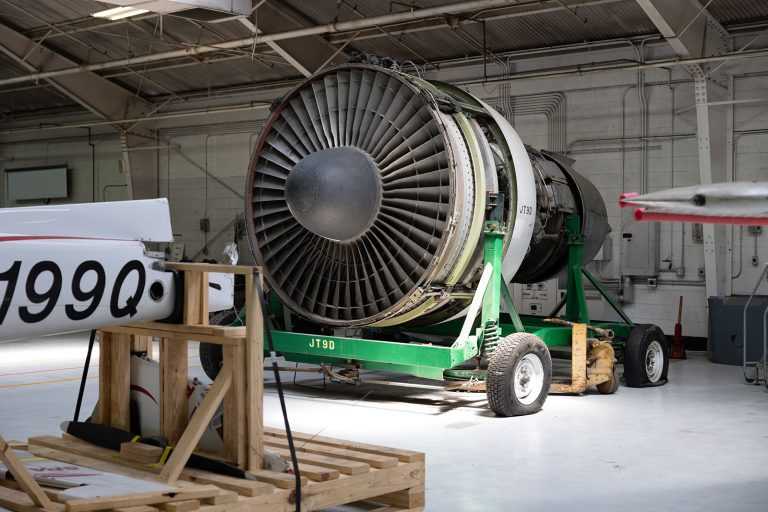

The story of aviation is a narrative of relentless innovation, a journey that began with the Wright brothers' first flight near Kitty Hawk, North Carolina, and has since soared to remarkable heights. Central to this narrative is the evolution of aircraft engines, a saga of technological advancement that has transformed how we conquer the skies.
In the early days of aviation, aircraft relied on simple yet effective piston engines. These engines, similar in principle to those in automobiles, used internal combustion to generate power. Air and fuel mixed and burned inside the engine, creating gas exhaust that moved pistons, which rotated the crankshaft. This crankshaft was directly connected to the propellers, transforming rotational energy into the thrust necessary for flight.
For about forty years following the Wright brothers' pioneering flight, propeller-driven, internal combustion engines were the mainstay of aviation. Even today, a significant portion of general aviation, especially private aircraft, still relies on these piston engines. While fundamentally similar to car engines, aircraft engines have distinct features like specialized ignition and lubrication systems and mechanisms to prevent ice buildup at the air intake.
Propellers themselves have evolved, with several types now in use:
As aviation technology progressed, turbine engines emerged, revolutionizing aircraft design and capabilities. These engines work by combining air and fuel for continuous combustion, driving a compressor that significantly increases air pressure, resulting in exceptional power.
Turbine engines are categorized into:
The quest for more efficient, powerful, and environmentally friendly engines continues to drive innovation. The future points towards electric and hybrid engines, promising a revolution in aviation technology with reduced reliance on fossil fuels and lower emissions.
The ongoing development and maintenance of aircraft engines are crucial, relying heavily on the expertise and dedication of mechanics and engineers. These professionals play a pivotal role in ensuring air travel's safety, efficiency, and reliability. Their work focused on the intricate details of engine technology, which is essential for the smooth operation of the aviation industry. As technology advances, their role in adapting and improving these complex systems remains fundamental, not just for enhancing aircraft performance but also for maintaining the high standards of safety and reliability that the world of aviation demands.
Affiliate Partner Program | Jobs at Spartan | Privacy Policy | Opt-out Policy | Privacy Notice - California Residents| Notice of Non-Discrimination | Website Accessibility Help | Transparency in Coverage Act
© 2024 SPARTAN COLLEGE OF AERONAUTICS AND TECHNOLOGY. ALL RIGHTS RESERVED.